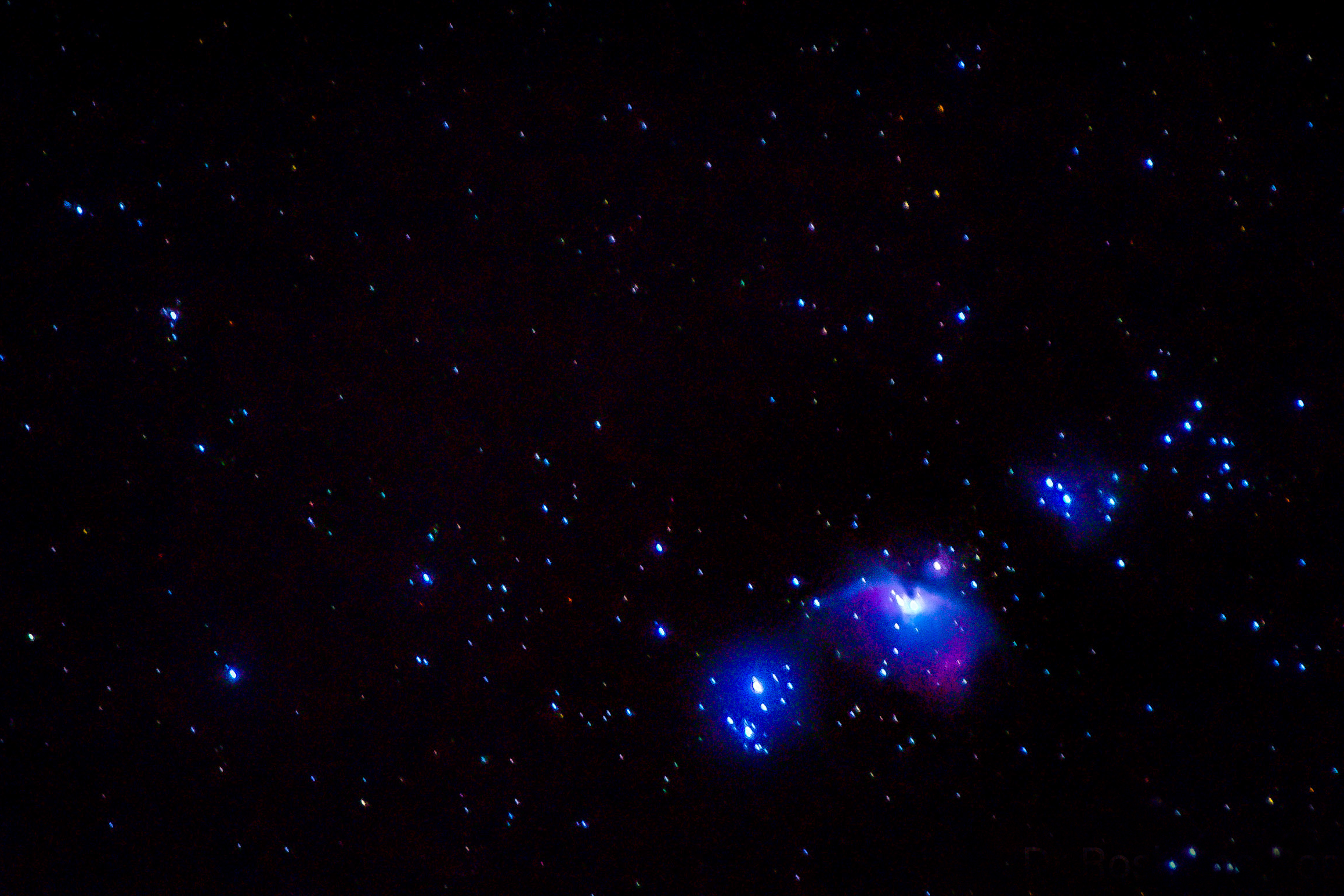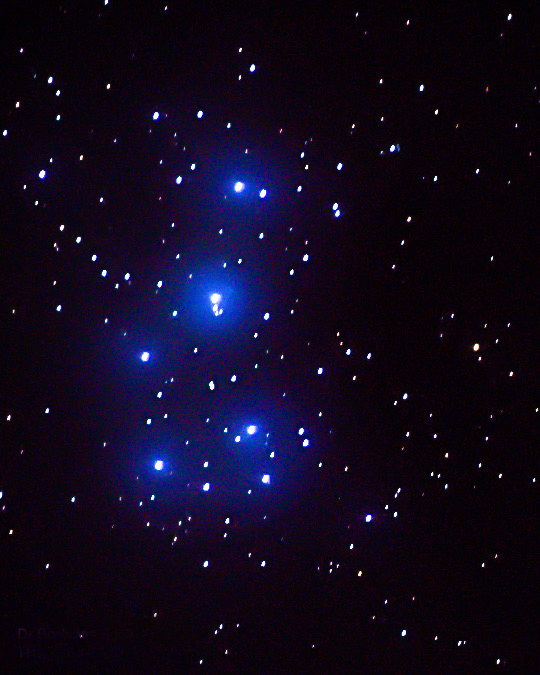Within our vast cosmos, celestial bodies beckon with an irresistible cosmic allure
Humanity possesses an innate inclination to explore realms beyond our immediate existence – be it the profound depths of the Mariana Trench or the expansive cosmos. This curiosity for the vast and unknown has been a constant in our collective journey.
Today, November 28, as we mark Red Planet Day, a tribute to our ventures on Mars, reflections arise on humanity’s triumphs and ventures in unravelling the mysteries of the celestial bodies that adorn our galaxy.
Red Planet Day, rooted in the milestone launch of the Mariner 4 spacecraft in 1964, serves as a poignant reflection of our unwavering curiosity and steadfast dedication to unravelling the mysteries of Mars.

However, beyond commemorating this historic event, the celebration invites us to extend our vision, urging us to appreciate the vast canvas of the night sky adorned with a myriad of celestial bodies.
In this context, for a select few, the phrase “head in the clouds” takes on a new significance, as their gaze extends far beyond the constraints of our earthly existence.
Driven by an unwavering determination to broaden their perspective, these individuals transcend human limitations through the captivating art of astrophotography.
Astrophotography is the art and science of capturing images of celestial objects and phenomena using specialised photographic equipment. This captivating hobby involves photographing the night sky, including stars, planets, galaxies and other astronomical subjects.
“The night sky is more than just stars and constellations visible to the naked eye,” explained member of the Astronomical Society of Brunei Darussalam Dr Roslynna binti Rosli.
Whether its star clusters or meteor showers, the beauty that the night sky unveils knows no bounds, she added as even from light-years away, the cycles and phases of life among celestial bodies remain constant and always sublime.

Star clusters, like Pleiades or the Seven Sisters (known as Jula Juli Bintang 7 in Malay), are captivating arrangements of stars in harmonious unity while the Milky Way remains a timeless marvel for astrophotographers.
“Meteor showers are a must-see, weather permitting. My favourite meteor shower, the Geminids, interestingly, is in season at the moment and will peak in the early hours on December 14.
“It is brighter and more colourful with longer streaks compared to the others.
“On its peak night, skywatchers can observe more than a hundred meteors in an hour,” she shared.
There are also nebulas, which are clouds of gas and dust, which serve as stellar nurseries where new stars are born, painting the cosmos with hues of splendid colours.
One of her favourites is the Orion Nebula, which resides in the sword of the hunter’s constellation, Orion.

According to Dr Roslynna, this constellation is by far the most well-known and also easy to spot.
“In Islamic culture, the row of three stars (Orion’s belt) will show the direction towards the Qiblat,” she continued.
For Dr Roslynna, although the cosmic allure of witnessing the universe unfold before her eyes is undeniable, astrophotography demands a substantial amount of patience and practice – an expertise that can only be cultivated through personal exploration under the canopy of dark skies.
Finding the right spot for astrophotography, she added, often involves venturing to dark sky areas, far from the interference of light pollution as its impact is particularly pronounced in landscape photography.
During her astronomical excursions, the seasoned astrophotographer is equipped with a camera, a sturdy tripod and a star tracker, a device that enables the camera to automatically follow the stars, which is a crucial element for capturing long exposures.

Nevertheless, astrophotography remains feasible without the device as bright celestial objects like the Pleiades, Orion Nebula, and even the Andromeda Galaxy can still be captured successfully.
“What fascinates me most about these celestial bodies is their role in the grand narrative of the universe.
“The sun tells you the time of the day, the moon tells you the time of the month and the stars tell you the time of the year.
They are all like a clockwork in perfect harmony.
“The cosmos summons us to admire the grandiosity of the universe and its creator. A humble reminder of how small we are in the grand scheme of things and yet the endless possibilities of what lies beyond our imagination,” she went on to say.
As we celebrate Red Planet Day, like Dr Roslynna, let us extend our gaze beyond the rusty surface of Mars and embrace the broader spectrum of celestial wonders.
Whether capturing the distant glow of a star or the intricate dance of a planetary system, each image stands as a tribute to human curiosity and the relentless pursuit of knowledge, inviting us to ponder our place in the grand cosmic narrative. – Wardi Wasil






